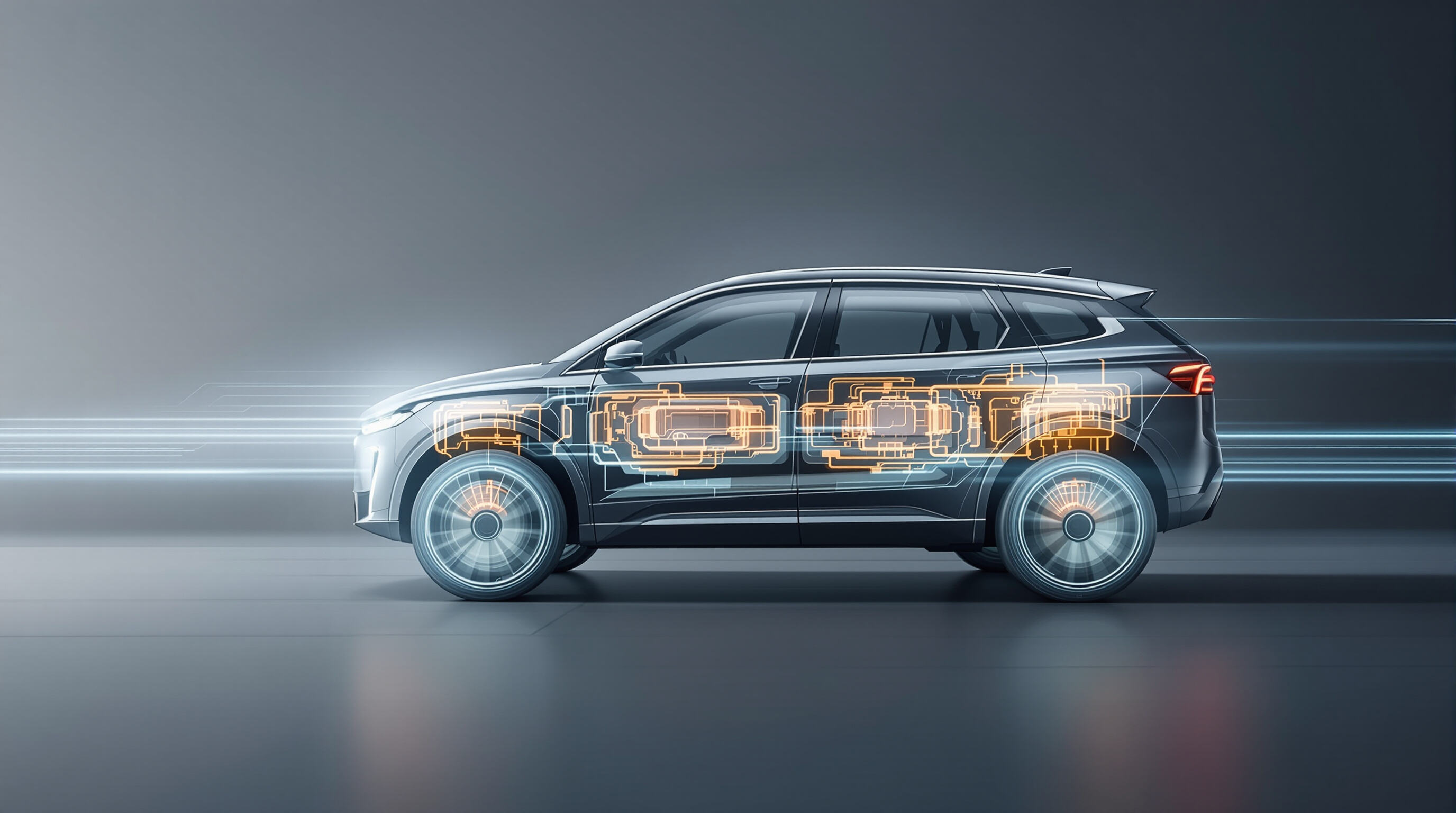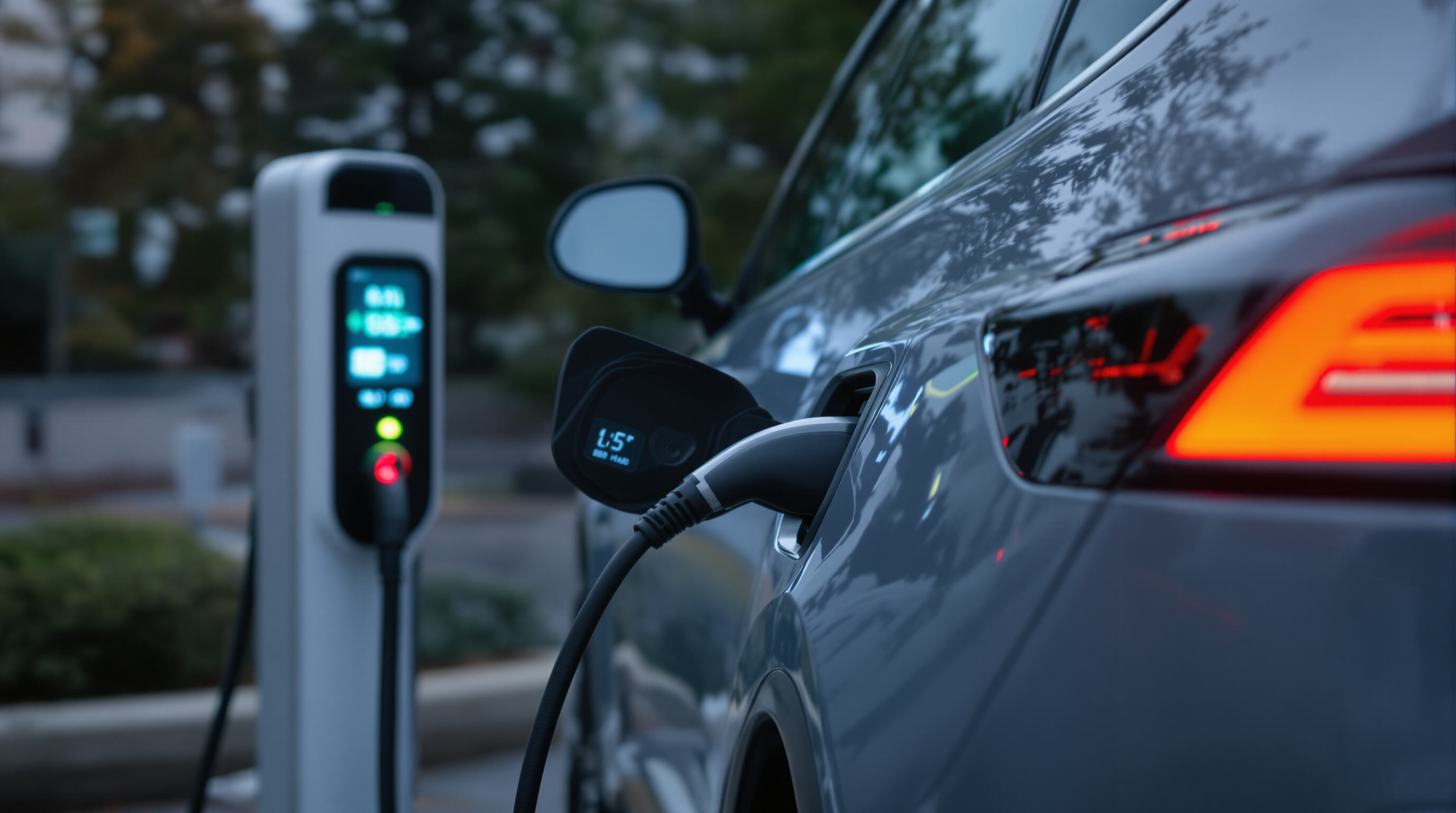iCar 03 Dual-Motor AWD Performance and Acceleration Analysis

Dual-Motor AWD Configuration and Power Output Breakdown
The iCar 03 features an all-wheel drive system with two motors working together - 160 kW up front and 180 kW at the back, which adds up to a combined 340 kW or around 456 horsepower. Compared to older electric vehicle platforms, this new configuration delivers about 15% better power density, allowing for much finer control of how torque gets distributed between the wheels. Instead of just depending on traditional mechanical grip, the system actually calculates what kind of traction will be needed before it happens, making the car respond faster and work more efficiently. We're seeing similar smart approaches pop up in other areas too, like how manufacturers handle heat management in their all-wheel drive systems these days.
0–60 mph Acceleration Results and Electric Motor Responsiveness
The iCar 03 can hit 60 mph from a standstill in just 4.2 seconds, which is about half a second quicker than what most dual motor electric vehicles manage on average. What really stands out though is how fast those electric motors kick in power when needed. They get around 90% of their maximum torque going within 120 milliseconds after someone steps on the accelerator pedal. That's significantly faster than the usual 150 to 200 milliseconds we see with standard 400 volt systems. When pushing hard through corners or merging onto highways, this car keeps putting out 320 kilowatts of power for approximately eight straight seconds without losing steam due to overheating issues. So drivers don't have to worry about sudden drops in performance when they need it most during passing maneuvers or quick bursts of speed.
Torque Vectoring, Traction Control, and Handling on Mixed Terrain
The iCar 03 comes with brake based torque vectoring technology that lets it adjust wheel speeds down to 10 milliseconds accuracy. This cuts the cornering radius by about 22 percent when driving on loose surfaces compared to regular all wheel drive setups. When tackling gravel slopes, the car coordinates its motors and brakes together to get around 98% traction efficiency, which actually matches what we see in high end electric vehicles with fancy torque management systems. Switching to mud mode reduces regenerative braking by roughly 60% so wheels don't lock up unexpectedly. At the same time, the vehicle keeps its ground clearance at 210 millimeters, making it better suited for rough terrain conditions.
High-Speed Stability and Comparative Performance vs. Rival EVs
When cruising at around 75 miles per hour, the iCar 03 only experiences about 0.23 degree variation in direction, which is actually 34 percent below what most cars in this category typically show. This impressive stability comes from how the car balances weight across both axles, sitting right at 52 percent front and 48 percent rear. The shape of the vehicle cuts down on resistance so there's only an 8% power drain while driving on highways, way ahead of those bigger SUVs that usually lose between 12 to 15%. Sure, other manufacturers might boast about having more raw power numbers, but what matters more for daily driving is that the iCar keeps 91% of its pulling strength all the way from 30 up to 90 mph. Most electric vehicles with just one gear tend to lose power as speed increases, but not this model.
Real-World Driving Range and Efficiency of the iCar 03
Measured range in urban, highway, and combined driving cycles
Tests have shown that the iCar 03 can go around 291 miles when driven in a mix of city and highway conditions, which actually matches what we're seeing across the board these days with most electric cars either hitting or beating their EPA ratings. The car does particularly well in urban settings where it manages up to 317 miles on a single charge thanks to its effective regenerative braking system that captures energy during stops. Things change a bit on the highway though, where the range falls to about 268 miles when maintaining a steady 70 mph speed because air drag becomes a bigger factor at higher speeds. This pattern makes sense given what manufacturers report too – generally speaking, vehicles tend to be about 12 to 18 percent more efficient in stop-and-go traffic compared to continuous high speed driving.
Impact of climate, terrain, and HVAC use on range consistency
When temps drop below 40 degrees Fahrenheit, the iCar 03 loses about 23% of its range. That's actually a bit worse than most all wheel drive electric vehicles which typically see around an 18% drop. Most of this extra drain comes from running the heater inside the car, accounting for roughly one third of the increased power consumption. Driving through hilly areas cuts down on efficiency too, making the car about 27% less efficient than when cruising on flat ground. And let's not forget about summer days either - keeping the air conditioning going in really hot weather eats up about 2.1 kilowatt hours every 100 miles driven. The good news though is that newer models come equipped with better thermal management systems. These improvements help handle seasonal changes much better than older electric cars did, cutting down on performance fluctuations throughout the year and making them more dependable regardless of what Mother Nature throws their way.
Energy efficiency: kWh/100 miles across real-world scenarios
The iCar 03 demonstrates strong energy efficiency across driving conditions:
| Driving Cycle | Speed Range | Efficiency |
|---|---|---|
| Urban | 0-35 mph | 28.4 kWh/100 mi |
| Highway | 65-75 mph | 36.1 kWh/100 mi |
| Mixed | Varying | 31.9 kWh/100 mi |
Efficiency dips to 38.7 kWh/100 mi in cold weather with heating enabled, while ideal conditions (68°F) allow as low as 29.3 kWh/100 mi. The dual-motor system recovers 83% of kinetic energy during deceleration, contributing to overall efficiency.
Battery Capacity and Charging Performance
Usable vs. Total Battery Capacity and Range Correlation
The iCar 03 comes equipped with a 69 kWh LiFePO4 battery pack, though the total capacity actually reaches 74.5 kWh. About 12% is kept aside as a safety margin to avoid those deep discharges that can really shorten battery life. This approach means the battery should last through around 3,000 full charge cycles before dropping below 80% capacity, which makes sense if someone wants their car to keep performing well year after year. When conditions are nice and temperate, drivers can expect roughly 286 miles according to EPA ratings. Even when temperatures dip down to freezing point (about 10 degrees Fahrenheit), the range only falls back by about 19%. That's actually better than most similar electric vehicles on the market today, where folks typically see around a 24% drop in cold weather performance according to DOE reports from 2023. How much energy gets used depends heavily on driving conditions too. City streets eat up about 32.7 kWh per 100 miles driven, while highway cruising at steady 75 mph pushes that number up to nearly 38 kWh per hundred miles. Speed definitely matters here, along with how aerodynamic the vehicle remains during operation.
DC Fast Charging Curve: 10% to 80% in Practical Charging Sessions

Using a 150 kW DC fast charger, the iCar 03 charges from 10% to 80% in 28 minutes, meeting its published specifications. The charging curve is thermally optimized:
- Peak rate of 145 kW between 10–45% state of charge (SOC)
- Tapers to 90 kW from 45–70% SOC
- Final phase at 55 kW (70–80% SOC)
This conservative tapering reduces battery stress while remaining competitive with peer vehicles, which average 26–33 minutes for the same interval. Efficient thermal regulation allows three consecutive fast-charging sessions without power reduction—offering a tangible benefit for road trips and high-utilization driving.
FAQ
What is the power output of the iCar 03's dual-motor AWD system?
The iCar 03's dual-motor AWD system outputs a combined total of 340 kW or approximately 456 horsepower.
How quickly can the iCar 03 accelerate from 0 to 60 mph?
The iCar 03 can accelerate from 0 to 60 mph in just 4.2 seconds.
What is the real-world driving range of the iCar 03?
The iCar 03 has a driving range of approximately 291 miles in mixed urban and highway conditions.
How does climate impact the iCar 03's range?
Cold weather can reduce the iCar 03's range by about 23%, whereas running air conditioning in hot weather also affects efficiency.
What is the fast-charging time for the iCar 03?
The iCar 03 can charge from 10% to 80% in about 28 minutes using a 150 kW DC fast charger.

